Experience an Unforgettable Mount Kenya Hike with EquitorialStar
Mount Kenya is the second highest mountain in Africa after Kilimanjaro in Tanzania and the highest mountain in Kenya. It is an extinct volcano crowned with snow; a rare occurrence on the equator.
There are 11 glaciers near the top some include; Northey, Kraft, Darwin, Diamond and Lewis being the largest. Unfortunately, Mount Kenya glaciers are quickly disappearing and will be probably gone in the next 30 years, make a point to see them before they are no more. The highest peaks are Batian (5,199m), Nelion (5,188m) and point Lenana (4985m) though it has other subsidiary peaks; Point Piggot (4,957 m), Dutton (4,885 m), John (4,883 m), John Minor (4,875 m), Terere (4,714 m) and Sendeyo (4,704 m). Point Lenana is the most ascended peak since it does not need any technical skills.
Mount Kenya became a National Park in 1949 and a UNESCO World Heritage Site in 1997. Climbing Mount Kenya offers the best adventure experience since it is a combination of hiking and safari. The wildlife here include monkey, elephant, zebra, buffalo, leopard seldom to spot and the hyrax that survives on the extreme climate.
Mount Kenya has several lakes and tarns like Ellis, Michaelson, Teleki Tarns and rivers that provide water for Kenyans around the region and the main water catchment for river Tana. While climbing Mount Kenya you’ll notice spectacular waterfalls such as Nithi falls a beautiful sight but deafening as the water splashes with force hitting the huge rocks. Valleys on almost all routes for instance the Gorges and Mackinder valley on Chogoria and Sirimon route respectively. The Mugi hill and the giant billiards table offer a great hill walking and bird watching. Common birds in Mount Kenya to find include; parrots, hornbills, mountain buzzards and swallows.
As you continue with the Mount Kenya hike, you’ll also notice the vegetation change as you ascend. Cultivation land and Montane forests at the foot followed by bamboo, forestline, heathland and the alpine zone (3,500m) has the giant rossete and lobelia plants. After which no plant survives the Mount Kenya altitude only rocks and glaciers all the way to the peak.
Mt. Kenya Climbing Routes
Climbing Mount Kenya is a daunting task when you’re unsure of which route to choose depending on your level of fitness, experience, mountain climbing equipment and budget. There are several routes that lead to the peaks as briefly explained below:

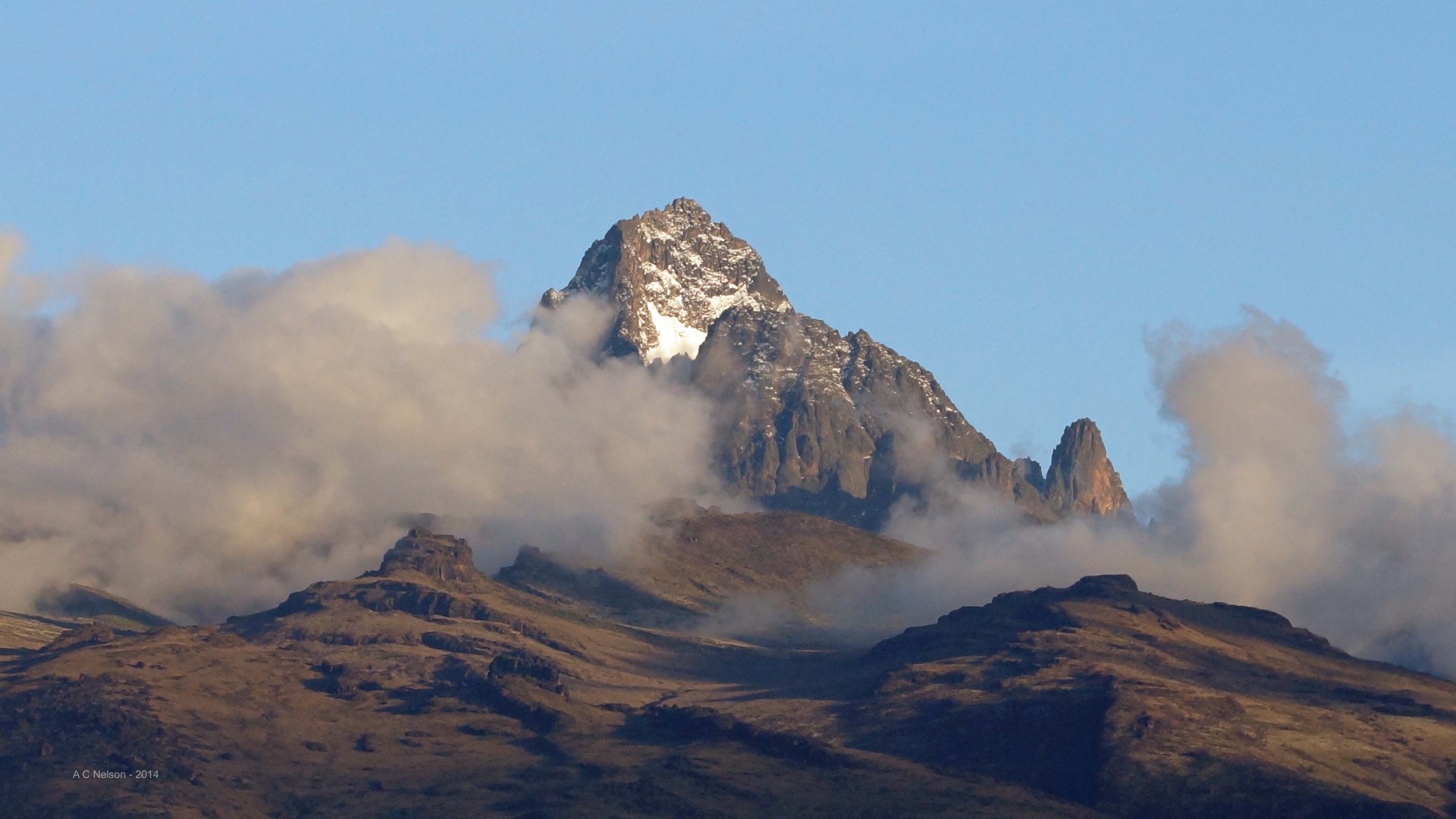



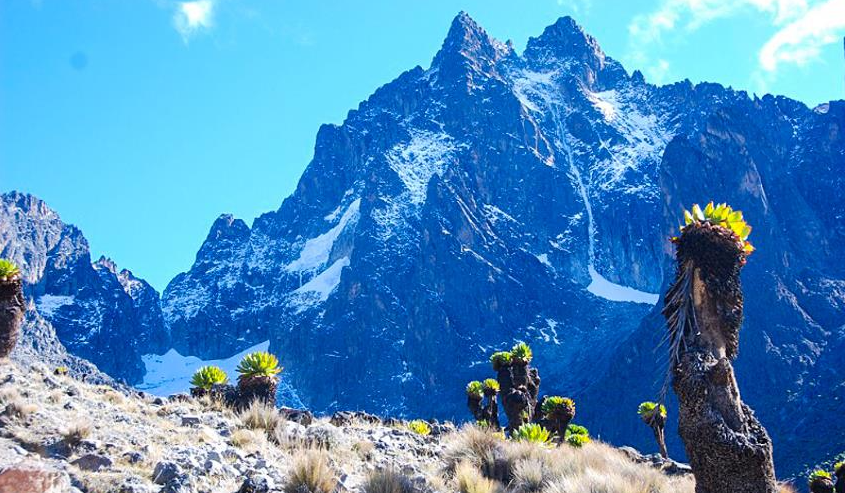
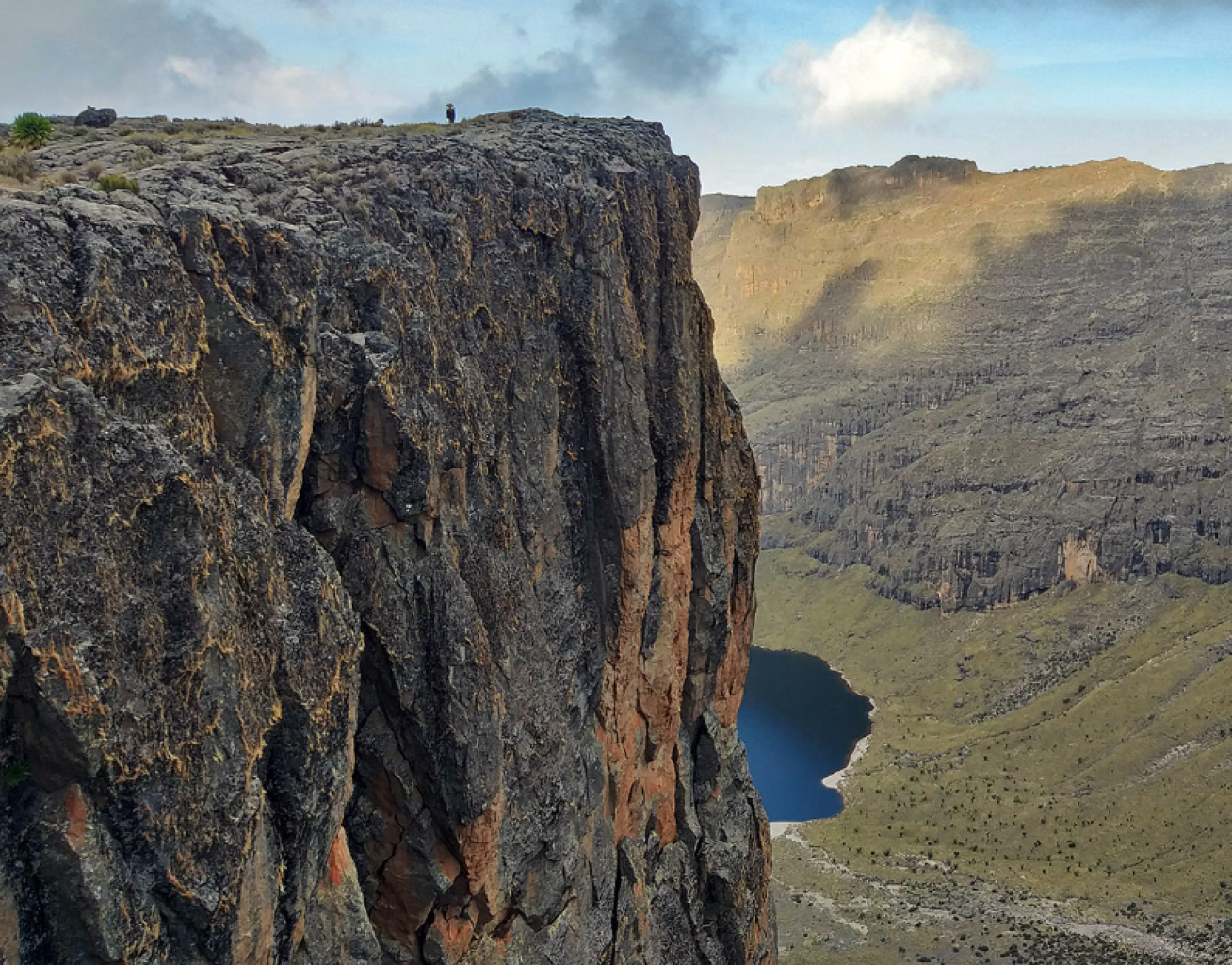
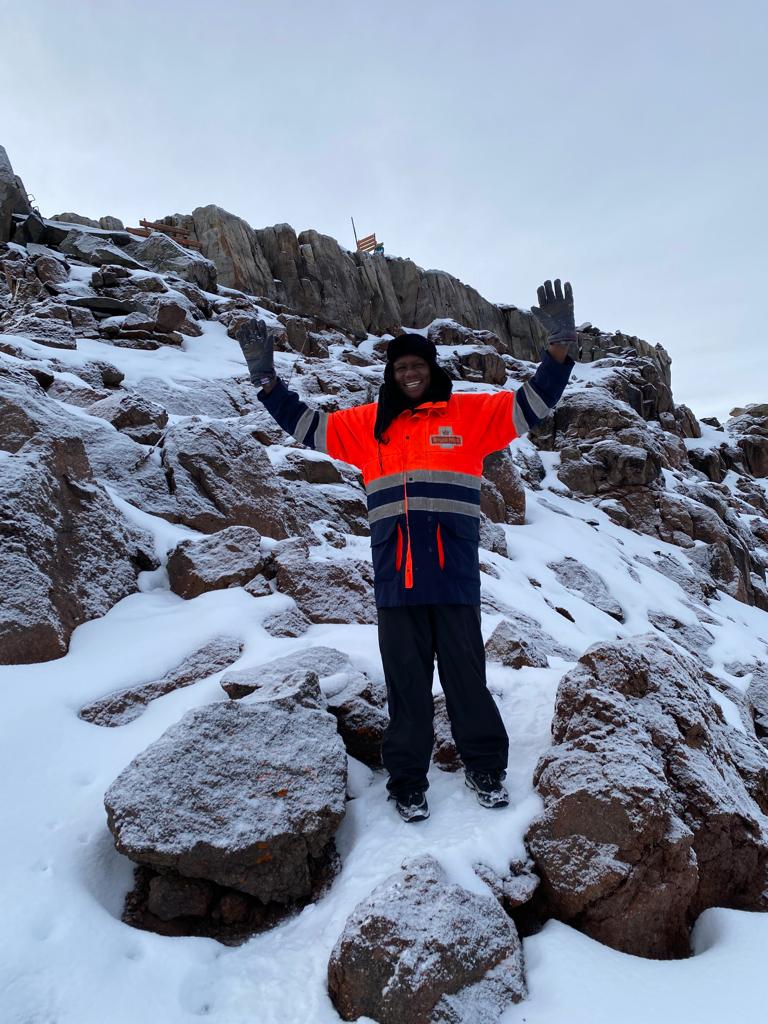
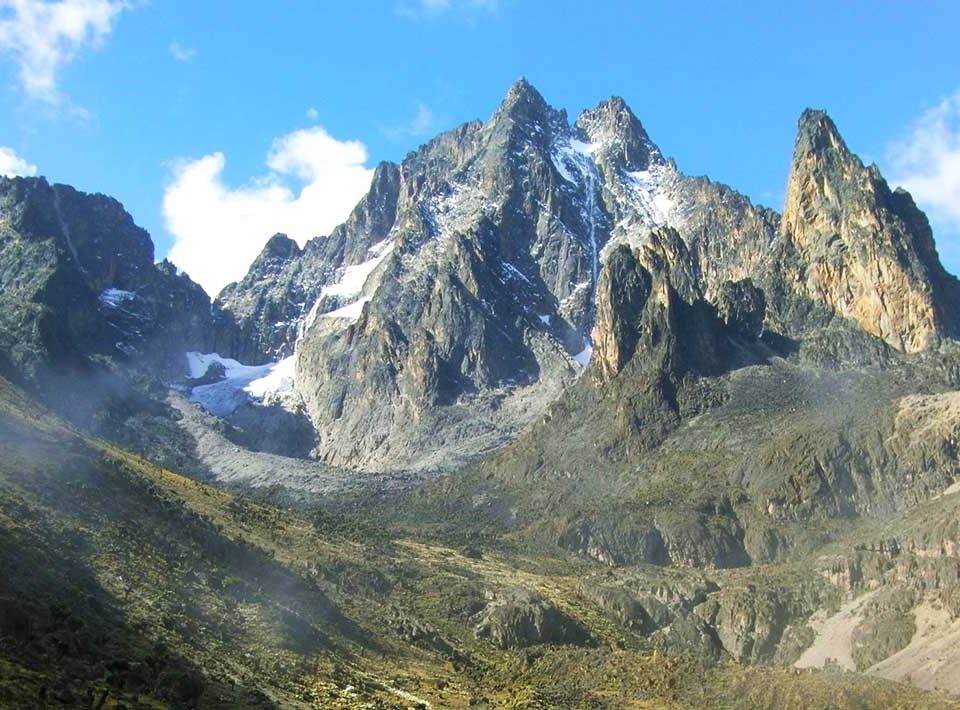
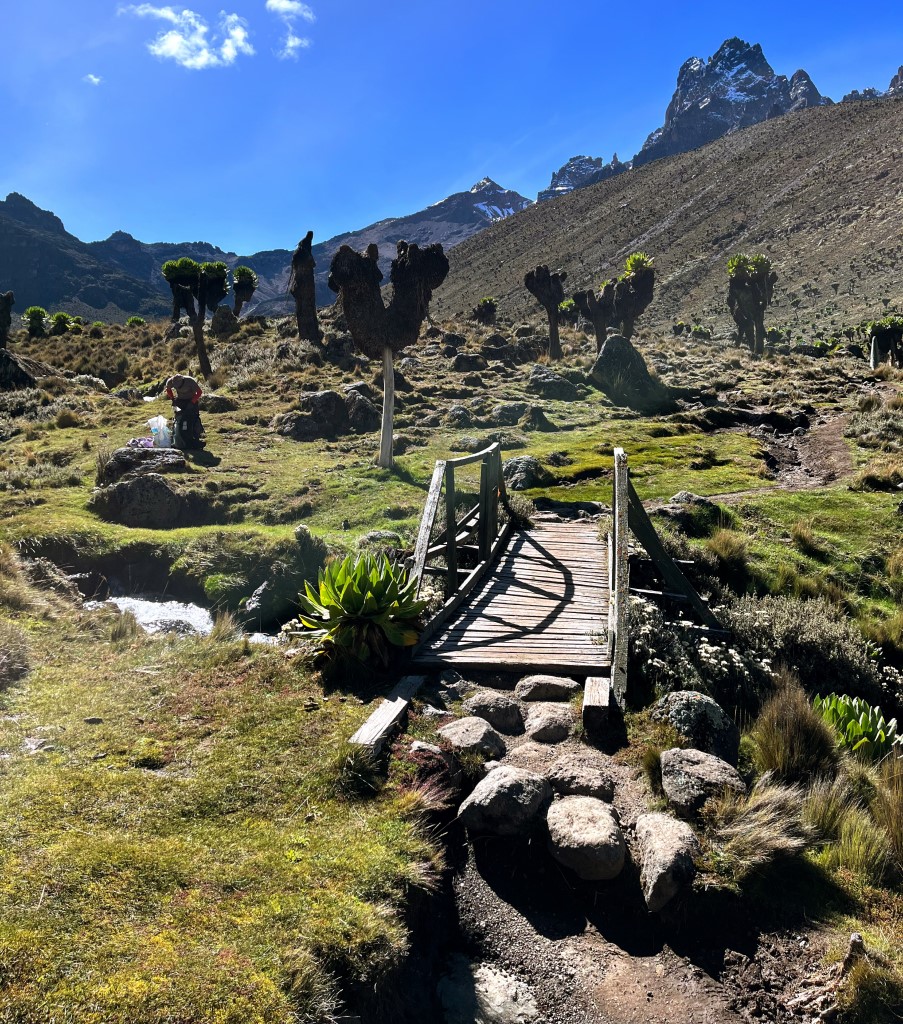
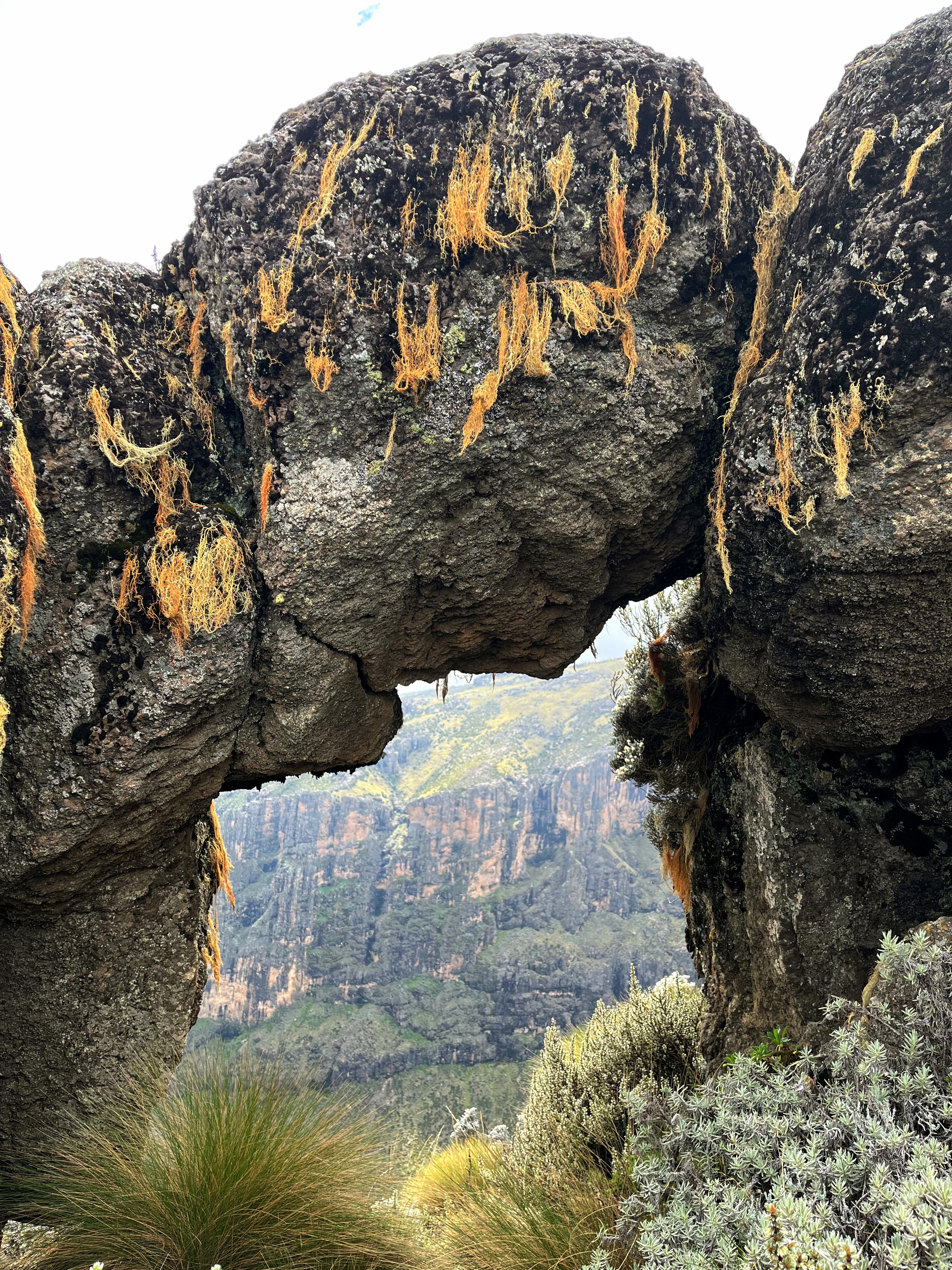
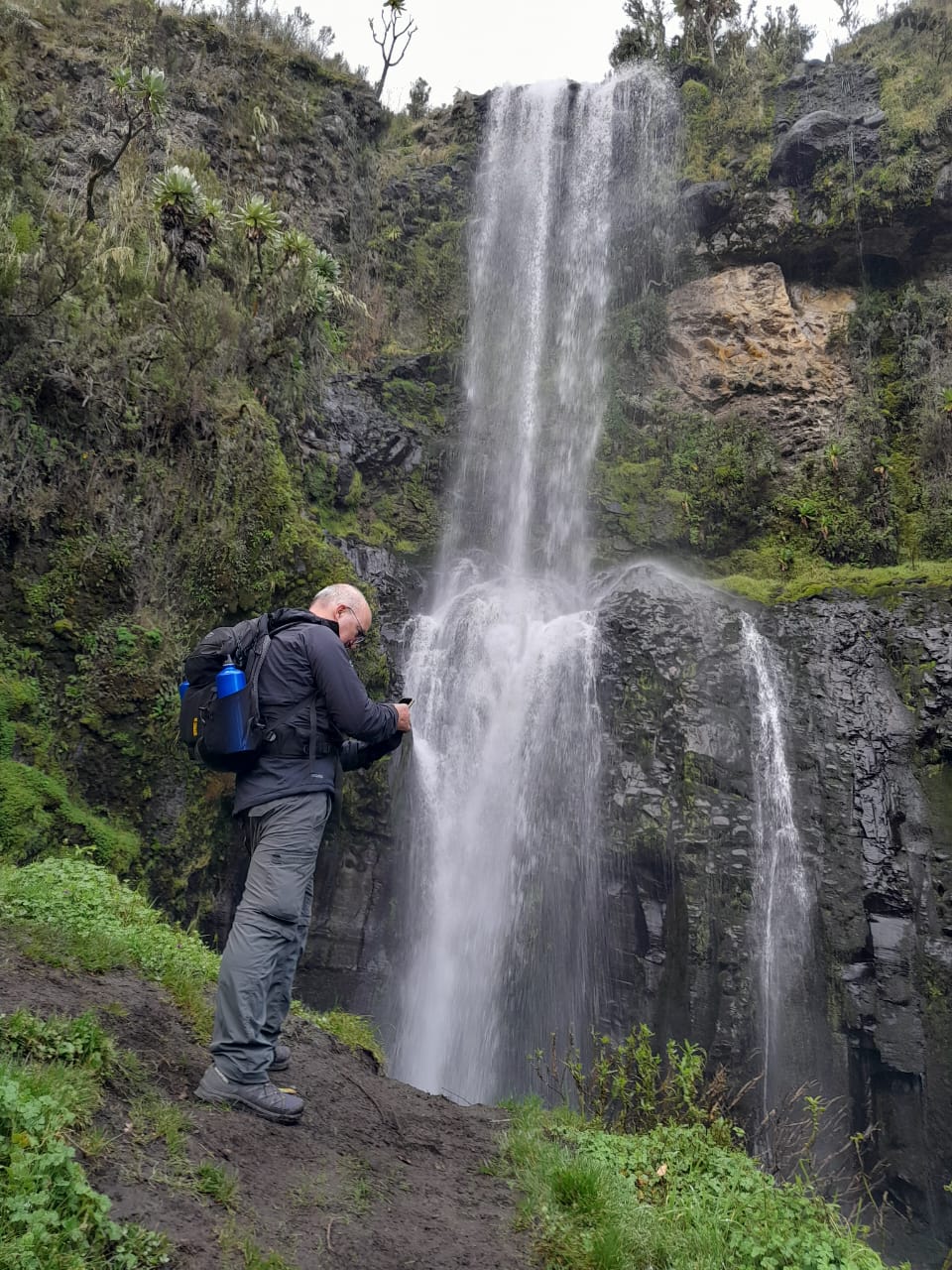
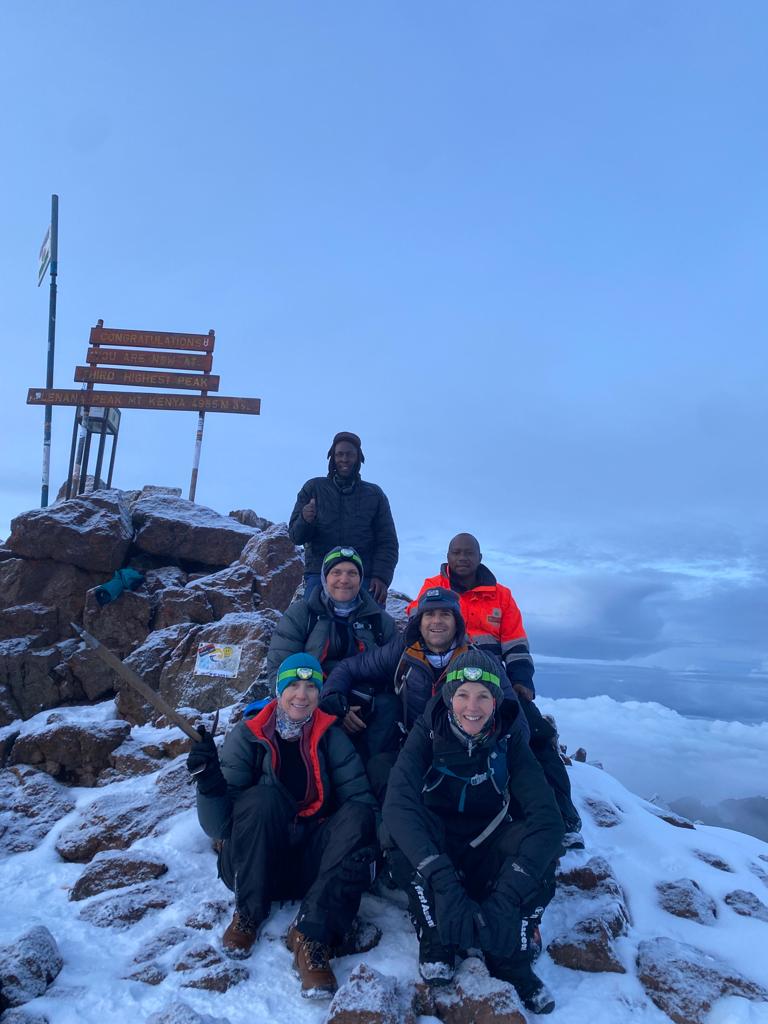
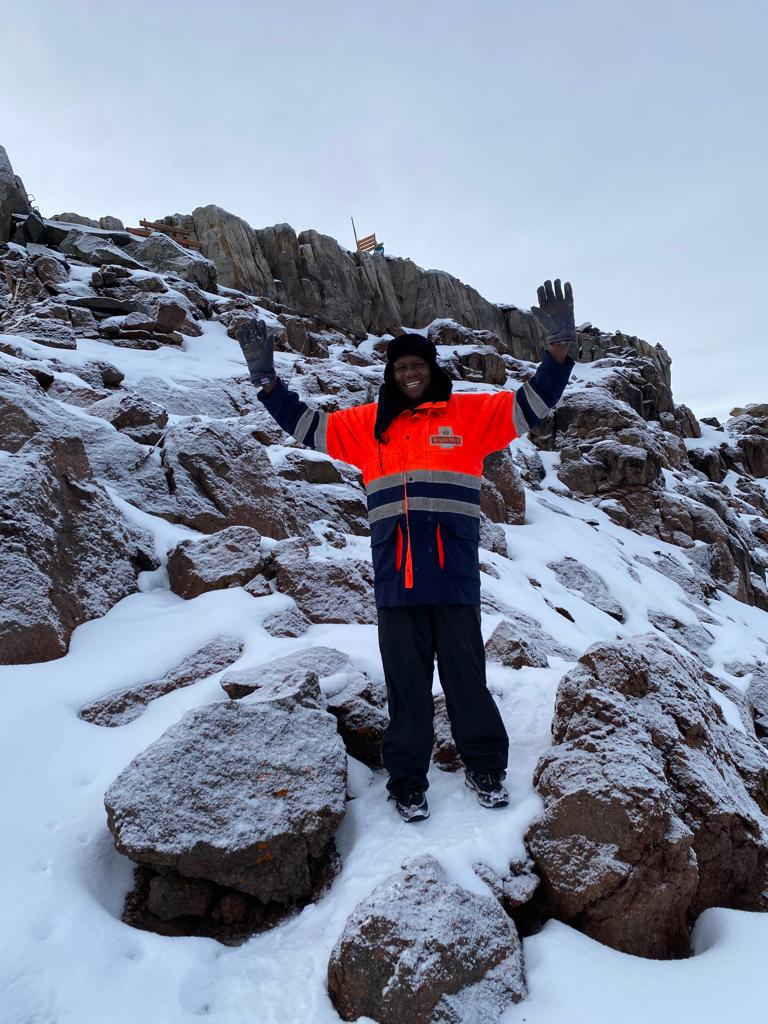
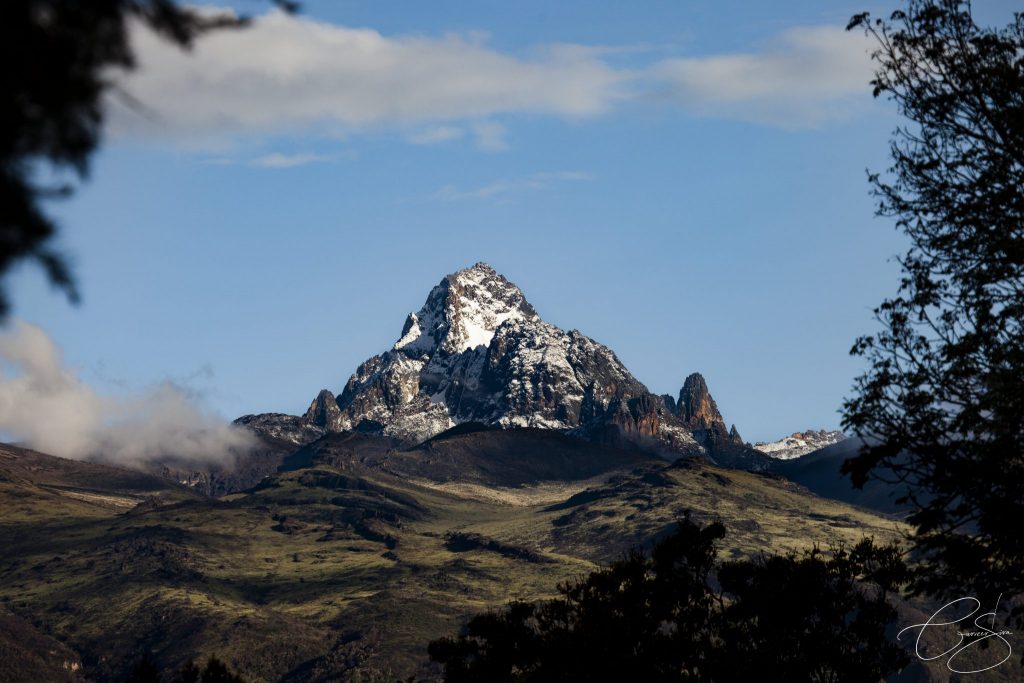
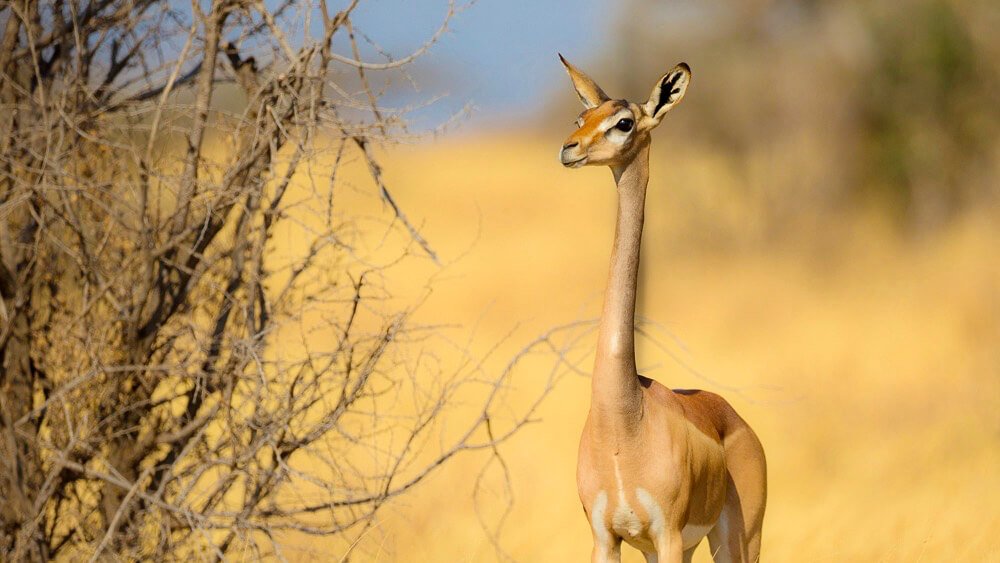

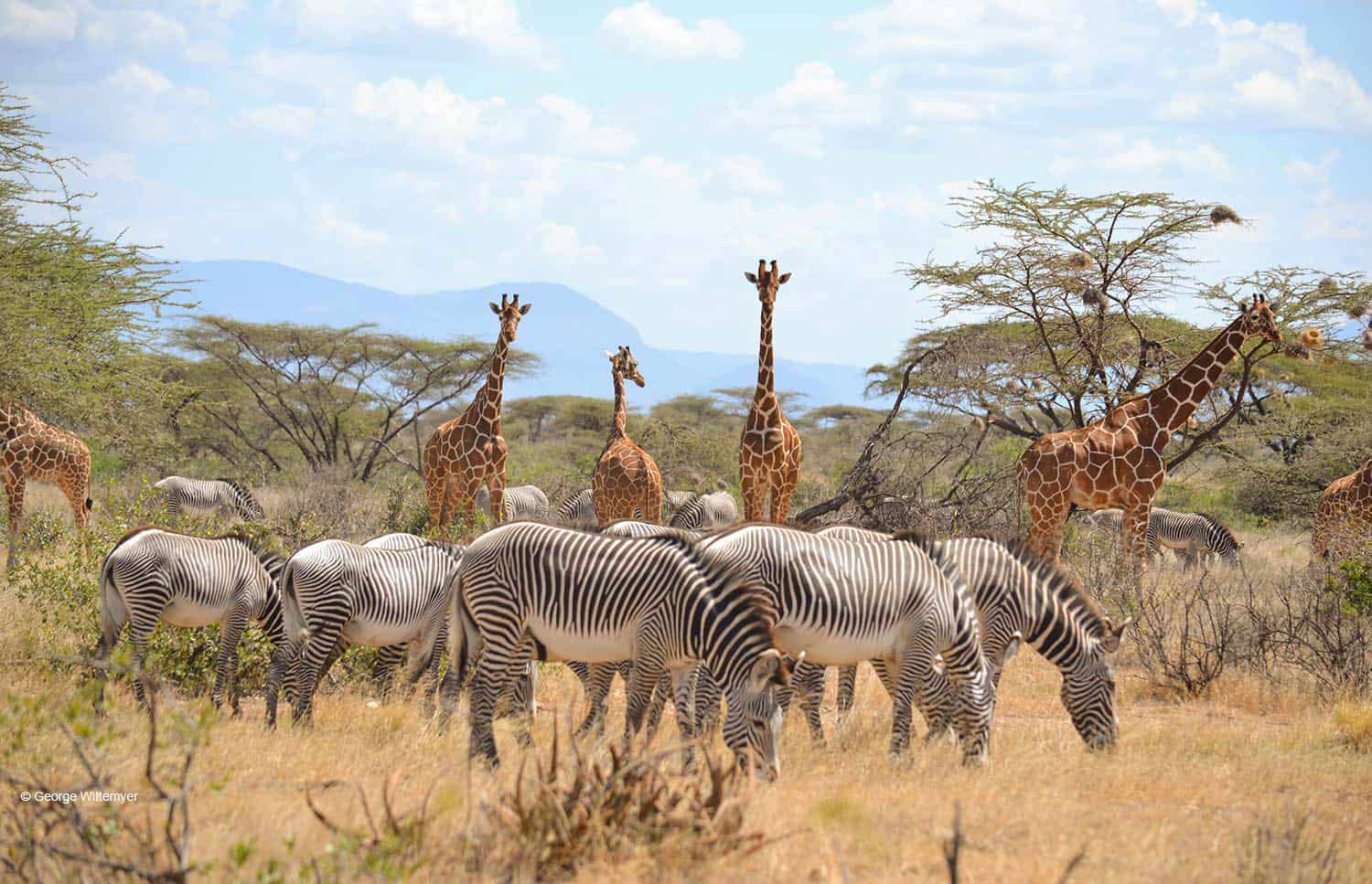
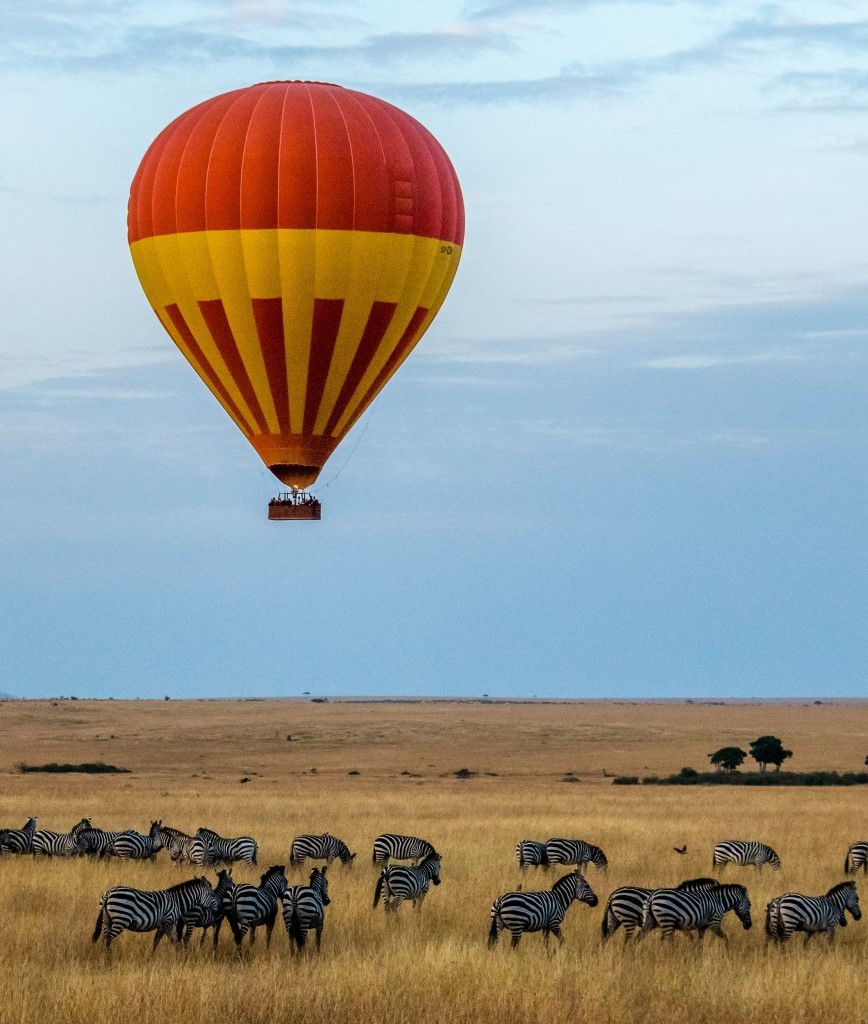
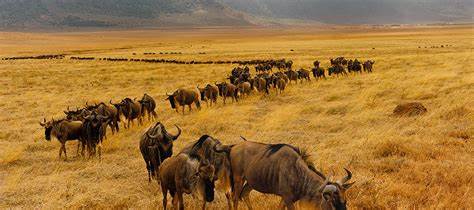
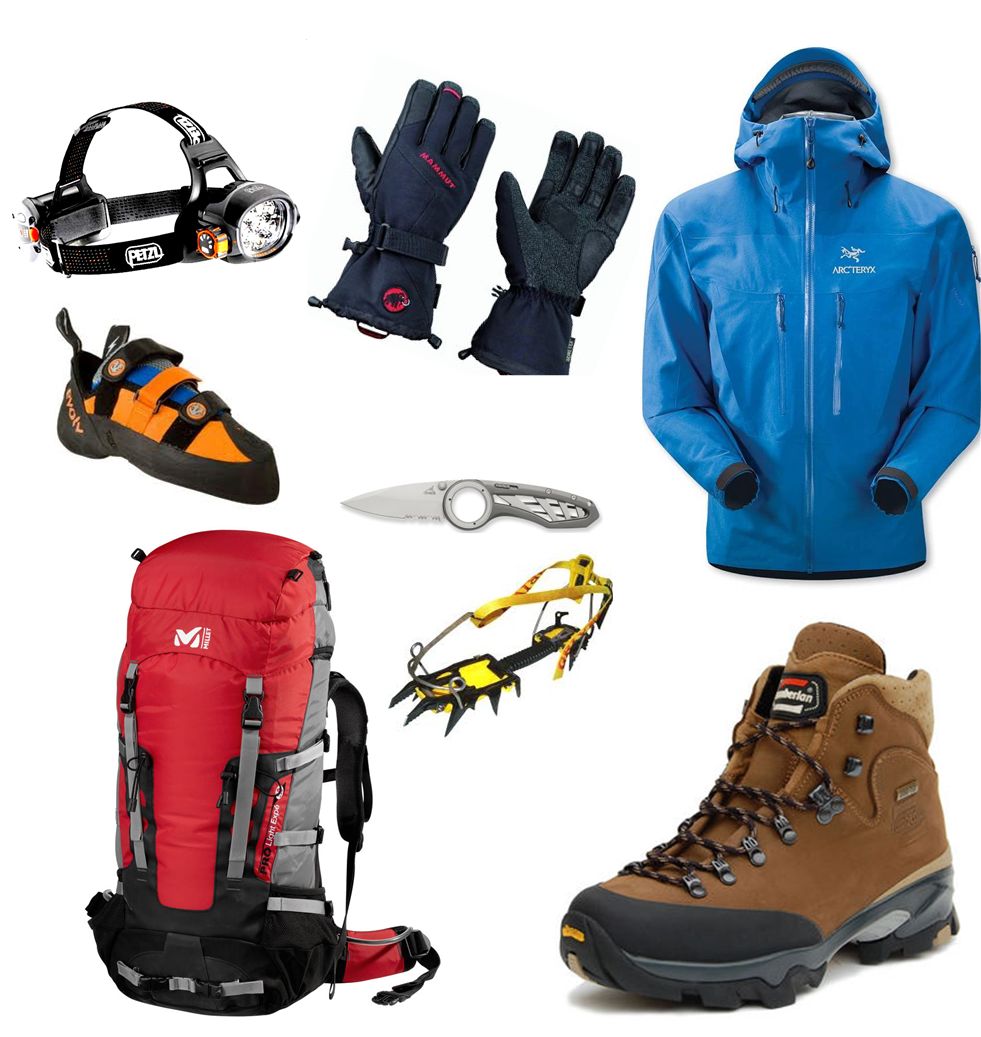
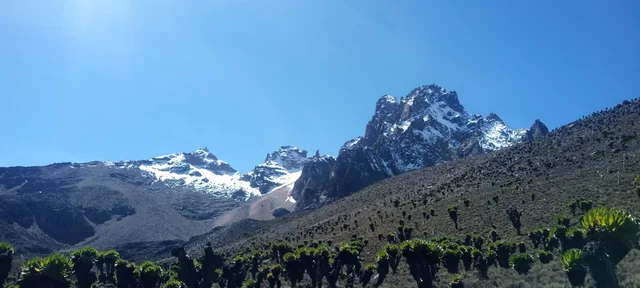
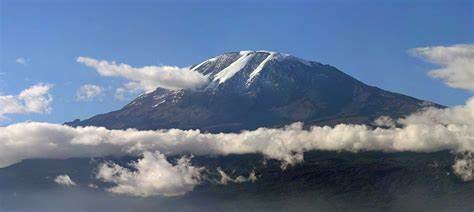
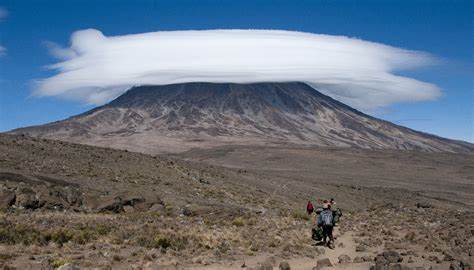
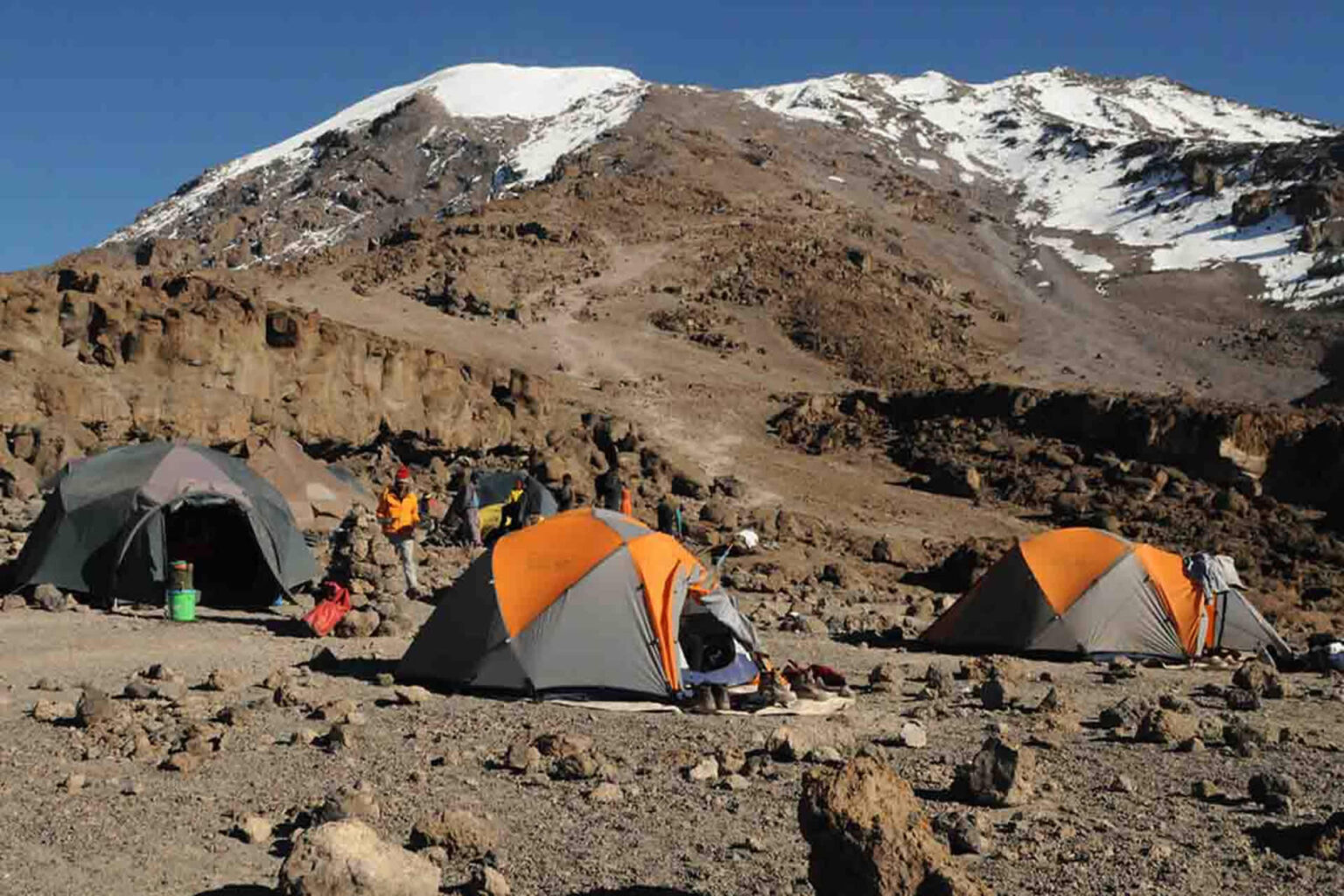
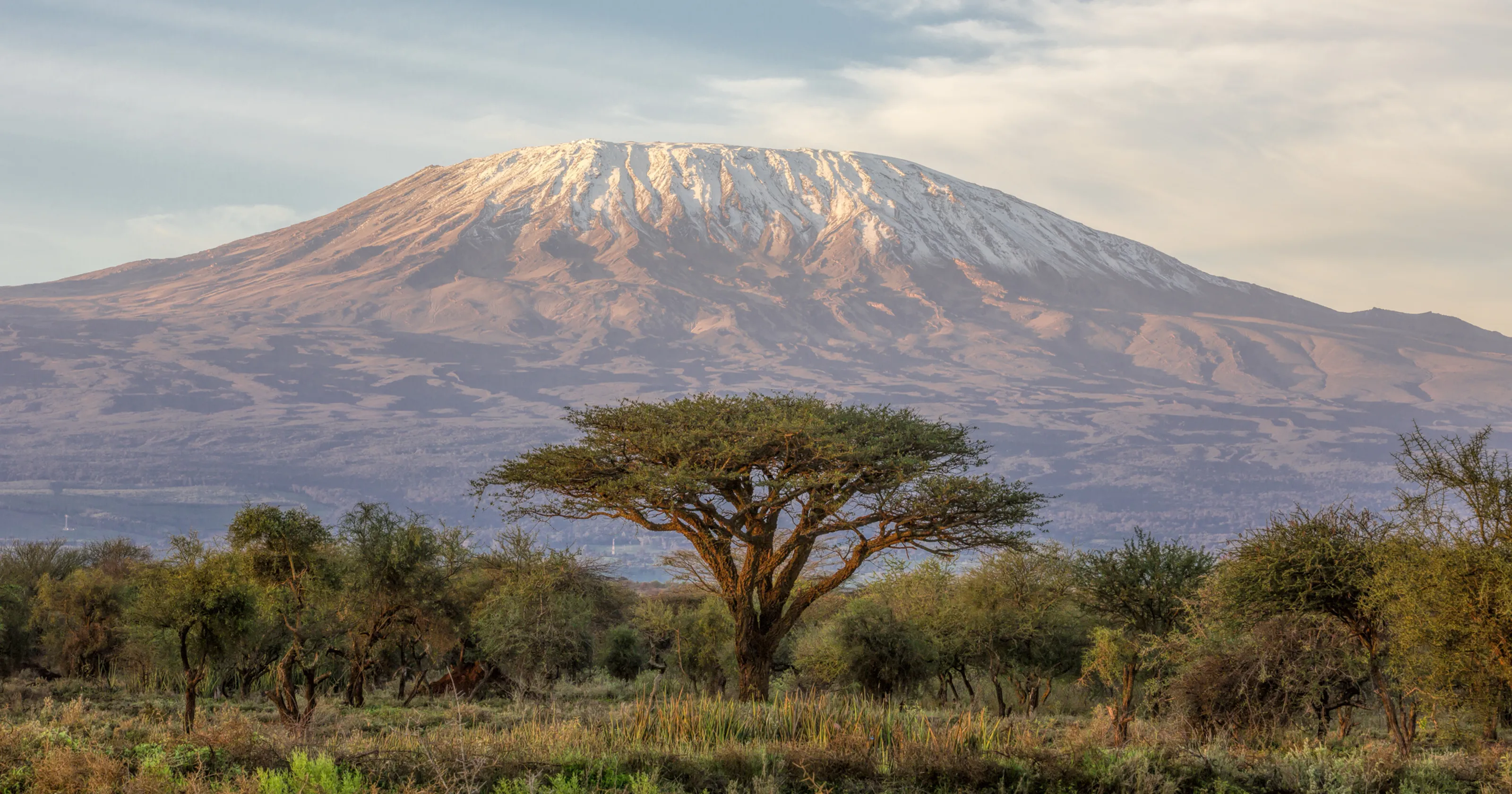
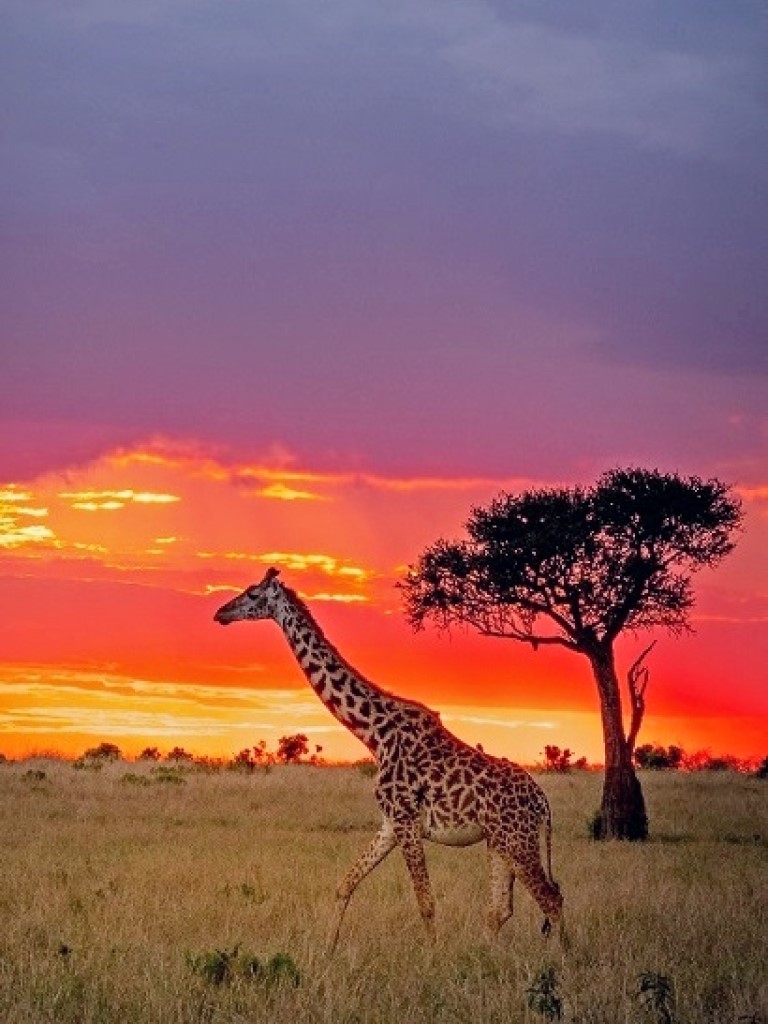
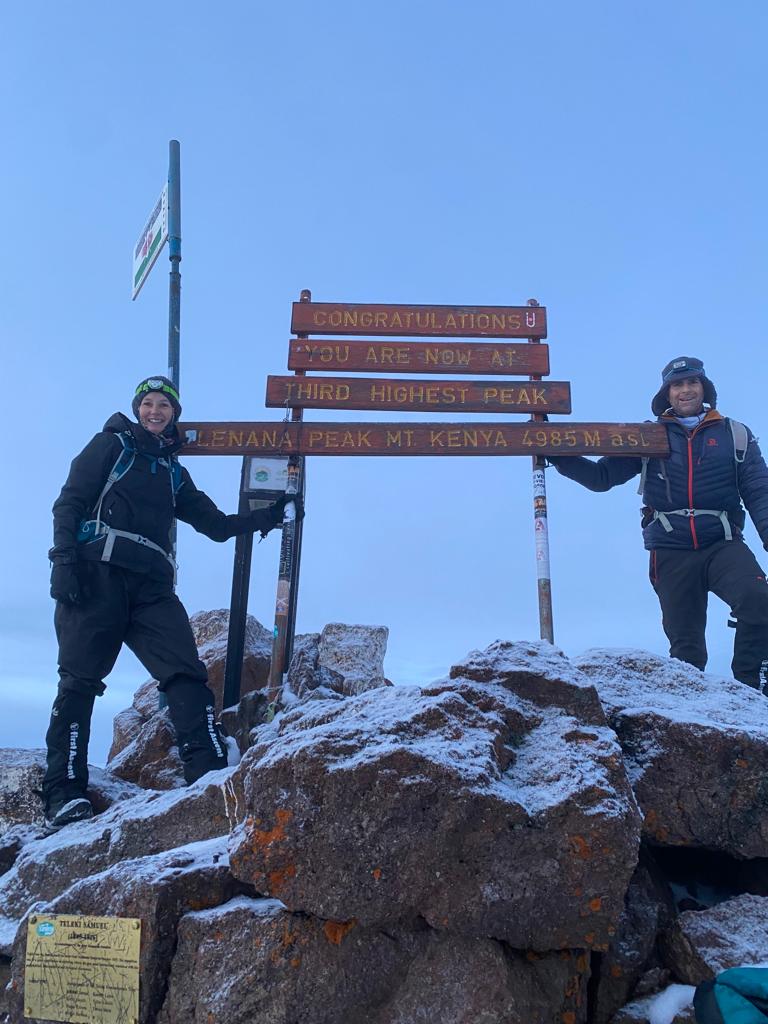

Comments
No comments yet. Be the first to comment!